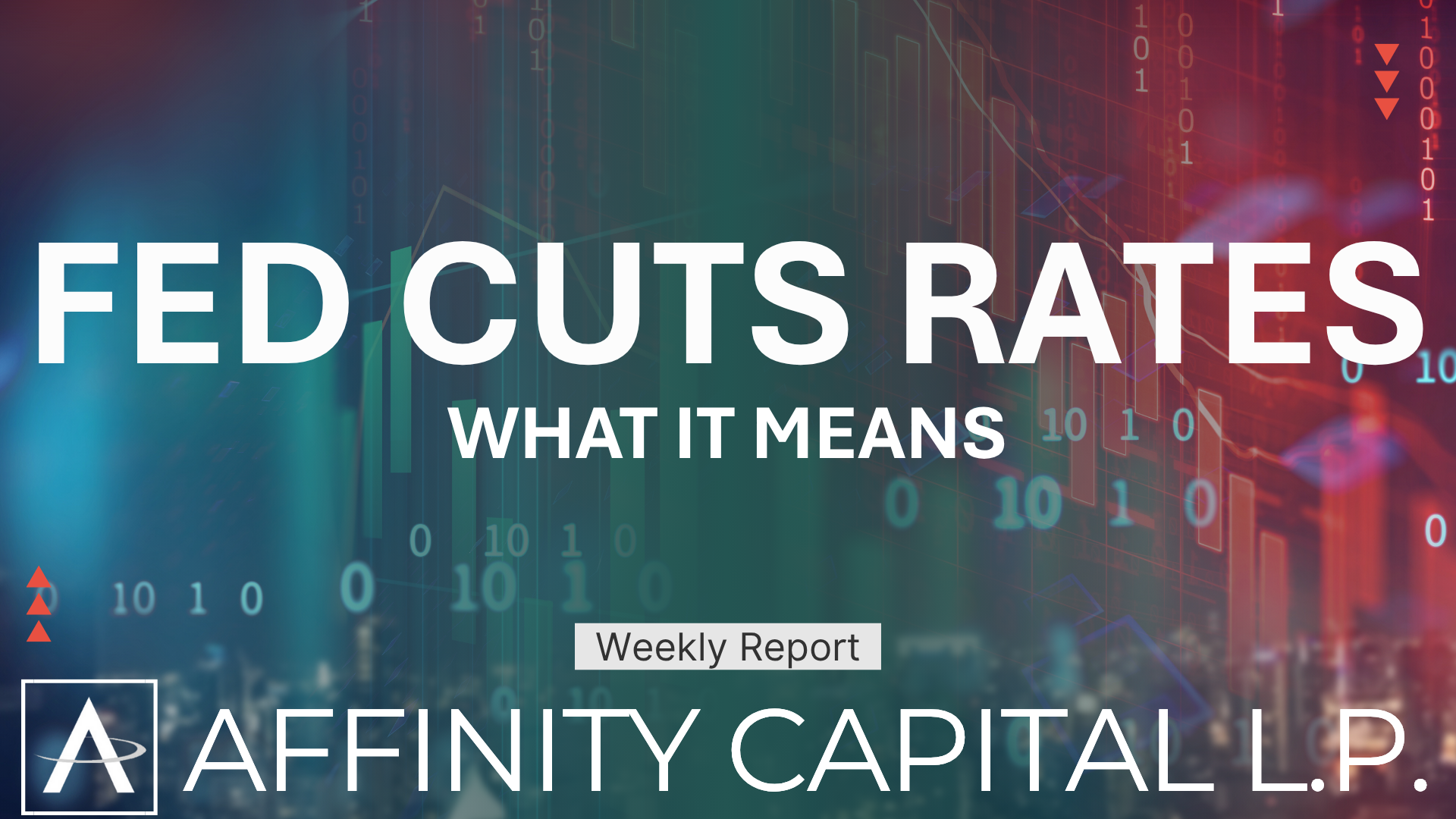Market Momentum: A Bullish Close to 2024 Fuels Optimism for 2025 But Challenges and Risks Deserve Our Attention

Let's chat about the market's latest moves and why we're feeling optimistic about 2025. While we're pleased with our risk-adjusted performance this year, as your Portfolio Manager, we always maintain a steadfast focus on potential risks to your hard-earned assets.
The U.S. stock market has been on a roll this December, wrapping up a solid year led primarily by the Magnificent 7 stocks – Amazon, Apple, Alphabet (Google), Meta (Facebook), Nvidia, Microsoft, and Tesla. This surge is thanks to strong economic fundamentals, easier monetary policy, and most importantly, a huge boost from AI innovation. However, the oversize impact of just seven stocks is a concern. Going forward, we do anticipate a broader market, barring any unforeseen events.
Recent Market Movements
Here's the scoop on what's been happening lately:
-
Indices Performance : The S&P 500 and the Dow Jones Industrial Average remain strong, showing signs of a broader market rally. Meanwhile, the Nasdaq took a tiny step back due to some profit-taking in tech stocks.
-
Sector Winners and Losers : Financials, industrials, and small company stocks have been strengthening since the election. Tech stocks, especially AI-focused ones like Nvidia, have been on fire, though they're cooling off a bit now. We do note that our Affinity Capital Portfolios have been weighted towards technology for most of 2024.
Factors Driving the Market
So, what's fueling this market magic?
-
Economic Strength : The U.S. economy grew by 2.8% in Q3, thanks to strong consumer spending and positive vibes from indicators like the NFIB Small Business Optimism Index. However, the reliance on government job creation and overall government spending to power the economy remains a concern.
-
Stock Buybacks : Stock buybacks occur when a company buys back its own shares from the marketplace. This reduces the number of outstanding shares, often leading to an increase in the stock's price. However, there are concerns about their long-term impact and potential for short-term market fluctuations.
-
Fed Policy : The Federal Reserve cut rates by 75 basis points this year, with another cut likely in December. Lower interest rates make borrowing cheaper and boost stock valuations.
-
Post-Election Stability : A clear presidential election outcome has boosted confidence. The market loves the new administration's pro-business policies, including potential tax cuts and regulatory easing.
-
AI Boom : The AI revolution is still going strong, with stocks like Nvidia and Tesla leading the way. It's not just tech; other sectors like utilities and consumer discretionary are also getting in on the action. Look for Affinity Capital portfolio rebalancing to reflect broader market activity.
Challenges and Risks
Of course, it's not all sunshine and rainbows:
-
Valuation Concerns : The S&P 500’s forward P/E ratio (Price to Earnings) is up to 25.6, which might limit further gains. The long-term average P/E is 16.8. While statistics tend to revert to their mean, these valuations can stay elevated for significant periods.
-
A Market Correction : During any bull market cycle, market corrections averaging (10%) are normal and healthy. While there have been periods of numerous volatile sell-offs since 2008 where we have made major moves to cash, we believe any sell-off would more likely be an opportunity to rebalance our portfolios.
-
Cooling Labor Market : While unemployment is low, job creation has slowed, which could impact consumer spending. The high percentage of government job creation versus the private sector remains a concern.
-
Global Risks : Geopolitical tensions and global growth uncertainties are still wildcards as we head into 2025.
Outlook and Implications
Looking ahead, the market seems set for more gains in early 2025, thanks to positive economic momentum and supportive Fed policy. But let's not get too comfy—valuation risks and potential external shocks are still out there. A balanced portfolio with a mix of growth and value stocks, plus diversified sector allocations, can help manage risks while still seizing opportunities.
While 2024's bullish momentum has set a high bar, the foundation looks solid for more growth, even if it's a bit more measured.
At Affinity Capital, we're all about keeping an eye on economic trends and how they might affect your investments. We regularly review your portfolio and make strategic adjustments to keep your investment plan aligned with your financial goals and risk tolerance.
Got questions or concerns about the markets or your investment strategy? Don't hesitate to reach out. We're here to provide clarity and guidance whenever you need it.




